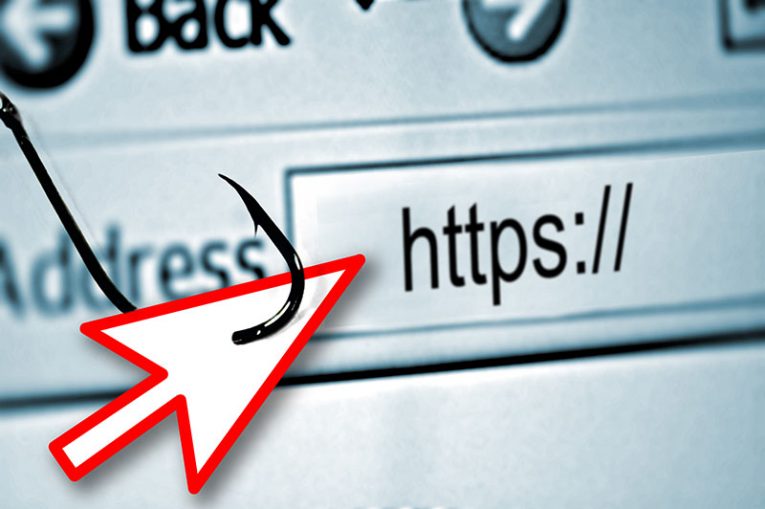Ook.gg Bad Redirects

If your web browser's address bar redirects searches through Ook.gg, it's probable that an unwanted browser extension or a malicious program has been installed on your device. Ook.gg is a search engine that is promoted via the distribution of malicious browser extensions and browser hijackers. These browser hijackers, once installed, alter your web browser's settings, causing it to automatically route all searches through Ook.gg.
The reason your browser is redirecting to Ook.gg is the presence of a malicious browser extension or program on your computer. Often, these programs are distributed through deceptive advertisements or by means of adware, leaving users uncertain about the origin of this software.
If your computer inexplicably redirects you to Ook.gg, it's highly likely that malware has infiltrated your system, and you should initiate a comprehensive system scan using a trustworthy anti-malware tool.
What Are Bad Redirects and What Causes Them?
Bad redirects refer to instances where a website or web page redirects a user to a different webpage or website unexpectedly or without the user's consent. These redirects are considered "bad" because they can lead to a poor user experience, security concerns, or deceptive practices. There are several reasons and causes for bad redirects:
Malicious Intent:
Some bad redirects are caused by malicious actors who create websites or web pages with the sole purpose of redirecting users to malicious or fraudulent websites. This can be a part of phishing scams, malware distribution, or other cyberattacks.
Clickbait and Deceptive Advertising:
In some cases, bad redirects are used in deceptive advertising practices, often seen as clickbait. Users are lured into clicking on a link or an ad that promises one thing but redirects them to unrelated or unwanted content.
Browser Hijacking:
Certain malware or browser extensions can modify a user's browser settings to redirect them to specific websites or search engines without their consent. This is often done for the purpose of generating revenue for the malware creator or forcing users to view specific content.
Mobile App Deep Links:
Deep links within mobile apps can sometimes lead to bad redirects. These deep links are meant to open a specific section or content within an app, but they might malfunction and redirect users to unrelated web pages.
Broken Links or Misconfigured Servers:
Sometimes, website owners might inadvertently set up redirects improperly, causing links to lead to the wrong destinations. This can happen due to misconfigured server settings or changes in website structure.
Search Engine Ranking Manipulation:
Some websites use bad redirects to manipulate search engine rankings. They might redirect users to a legitimate page when accessed by a search engine's crawler and then redirect users to a different, often less reputable, page when accessed directly.
Content Delivery Networks (CDNs):
CDNs are used to improve website performance and load times by distributing content from servers around the world. Occasionally, misconfigured CDNs can lead to unintended redirects.









